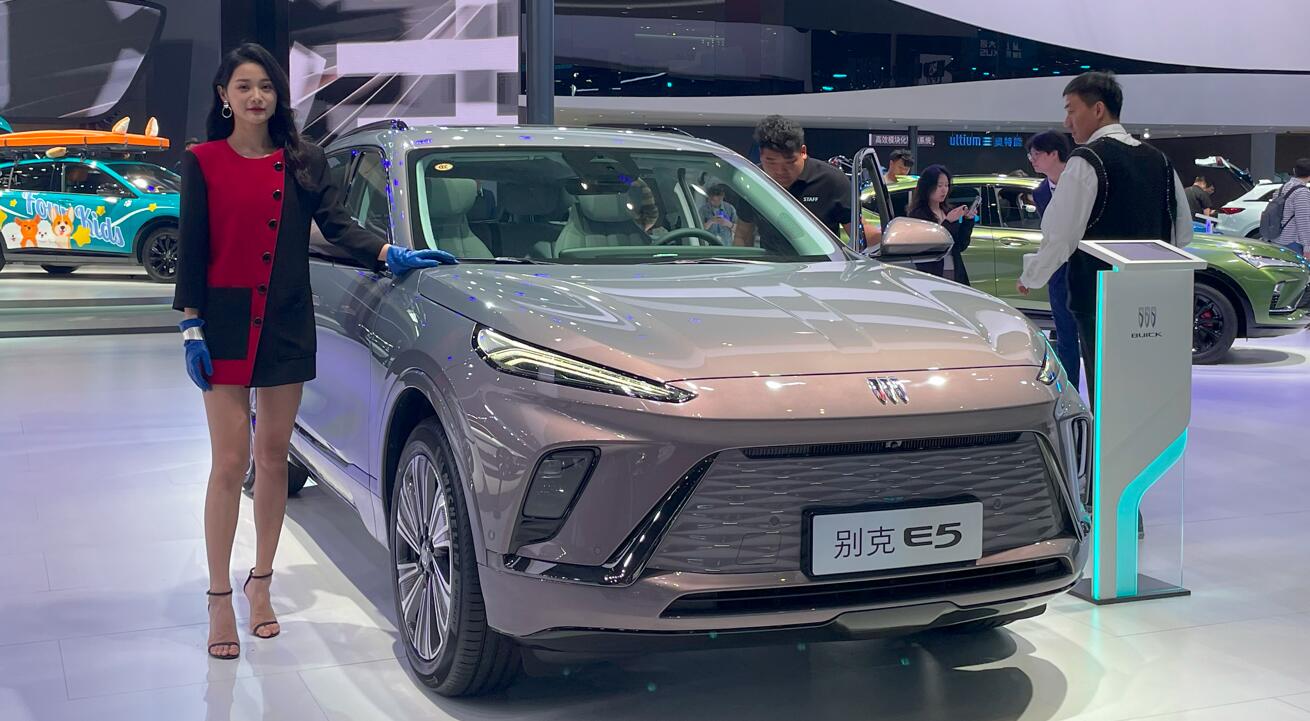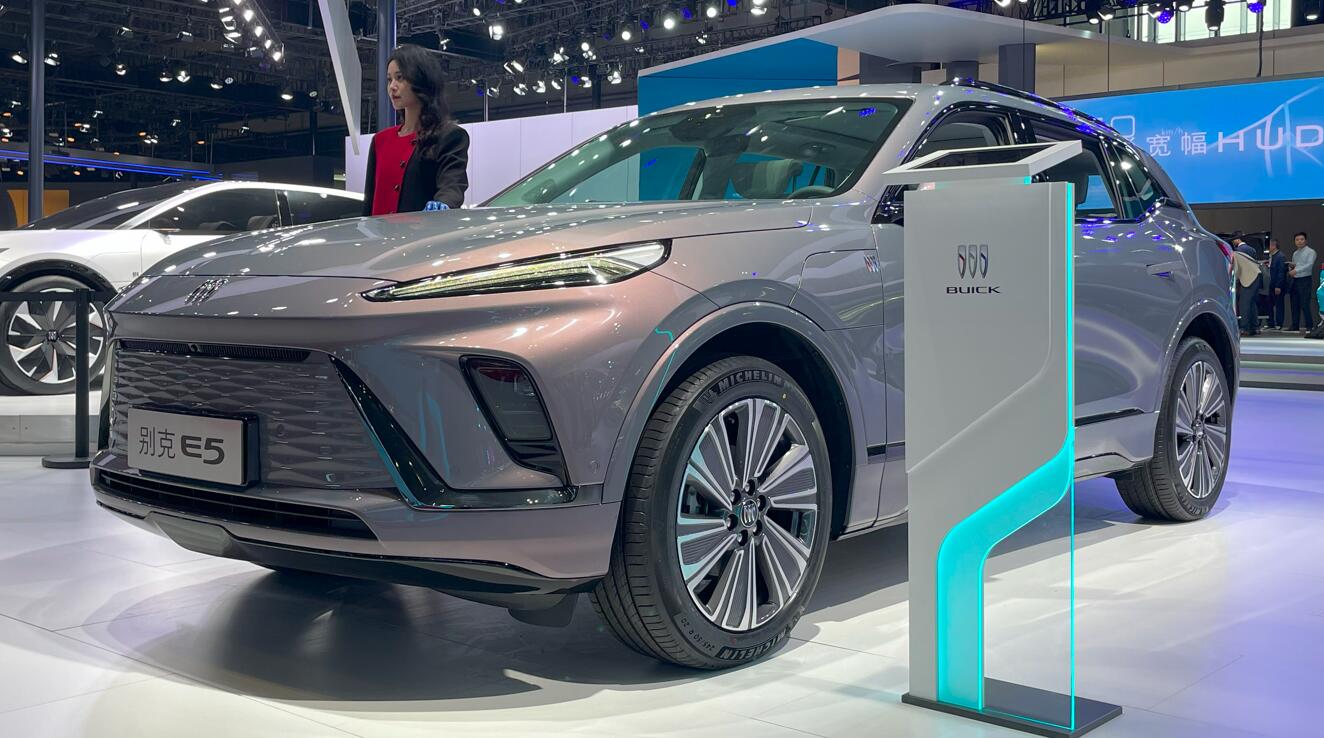Smart delivered 4,390 vehicles in China in April, down 25.73 percent from 5,911 units in March.

(A Smart #1 on display at the Shanghai auto show in April 2023. Image credit: CnEVPost)
Chinese lithium giant Tianqi Lithium is considering buying a minority stake in Smart Automobile, a joint venture between Mercedes-Benz and Geely Holding Group, as part of the latter's latest round of private funding, Bloomberg said today, citing people familiar with the matter.
Tianqi is in advanced talks to invest $100 million to $200 million in Smart in a deal that could value Smart at several billion dollars, people familiar with the matter said, adding that an agreement could be reached as soon as the next few weeks.
Shenzhen-listed Tianqi, one of China's largest lithium producers, raised about HK$13 billion in a Hong Kong IPO on July 13, 2022.
Mercedes first launched Smart in Germany in 1998 and brought the brand to the US a decade later, with the original two-seat model aimed at urban buyers with crowded parking spaces, the Bloomberg report noted.
Geely and Mercedes-Benz officially announced a 5.4 billion yuan ($783 million) Smart joint venture in Hangzhou Bay, Ningbo, in early 2020.
As part of the agreement, Mercedes-Benz designers will design the Smart cars and Geely will engineer them.
Smart has been considering raising capital as part of its effort to revive the compact car as an all-electric brand. The company was initially aiming to raise between $500 million and $1 billion in fresh funds, according to a Bloomberg report last year.
Smart delivered 4,390 vehicles in China in April, down 25.73 percent from 5,911 units in March, according to data monitored by CnEVPost.

The brand currently has only one model on sale in China, the Smart #1, which went on sale in China on April 25, 2022, with deliveries starting on September 24.
The model was designed by Mercedes-Benz, with the Smart R&D team leading the engineering development, and is based on Geely's SEA (Sustainable Experience Architecture) architecture.
On April 17, Smart unveiled its new Smart #3, its second product since its electrification transition, on the eve of the Shanghai auto show.
($1 = RMB 6.8964)
The post Chinese Lithium giant Tianqi reportedly mulling stake in Mercedes-Geely JV Smart appeared first on CnEVPost.
For more articles, please visit CnEVPost.



















